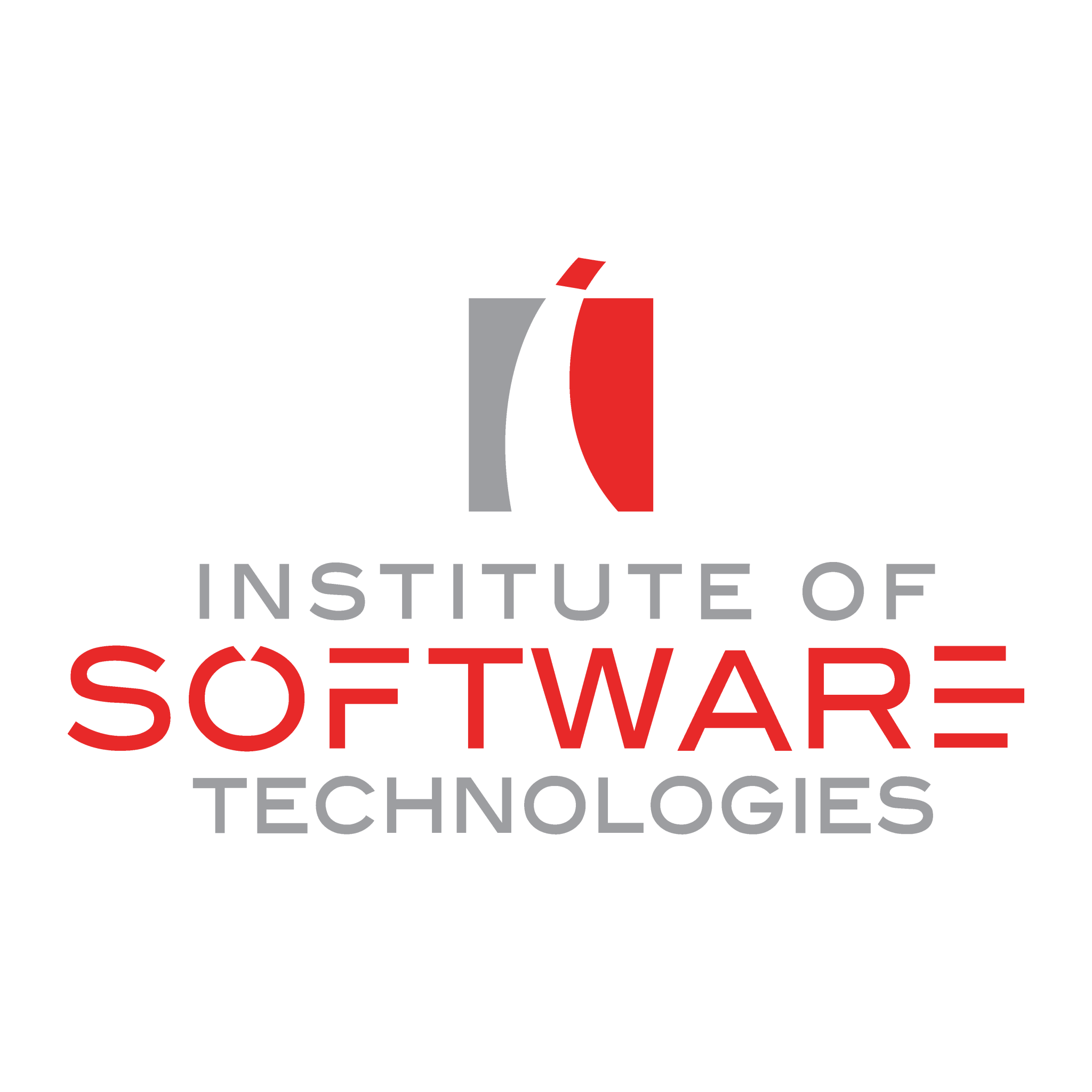1 Month
Java/OOP programming is required. The Java prerequisite can be met by either having the equivalent Java /OOP programming experience or completing Programming in Java 6 with Swing and Servlets Parts 1 and 2.
- Windows PC or Laptop
- MAC (With VPS Pre Installed)
- Basic Computer Skills
Module 01: Android Overview and History – Part One
- How it all got started
- Why Android is different (and important)
- Native Android Applications
- Android SDK Features
Module 02: Android Overview and History – Part Two
- Android Development Environment
- Elements of Android SDK
- Android Software Stack
- Android Application Architecture
- Android Libraries
- Lab Exercise: Initial Configuration of the Android SDK
Module 03: Android Stack
- Overview of the stack
- Linux kernel
- Native libraries
- Dalvik
- App framework
- Apps
- Lab Exercise: Configure Initial Application, Run in Emulator
Module 04: SDK Overview
- Platforms
- Tools
- Versions
- Lab Exercise: Download and Create in Android Virtual Device Manager
Module 05: Hello World App
- Creating your first project
- The manifest file
- Layout resource
- Running your app on Emulator
- Lab Exercise: Create, Compile and Run ‘Hello, Android’ App.
Module 05a: Hello World App Demo Module 06: Main Building Blocks
- Activities
- Activity lifecycle
- Intents
- Services
- Content Providers
- Broadcast Receivers
- Lab Exercise: Review Activities, Intents, and Content Providers.
Module 06a: Main Building Blocks Demo Module 07: Basic Android User Interface
- XML versus Java UI
- Dips and sps
- Views and layouts
- Common UI components
- Handling user events
- Lab Exercise: Create Application with onClick, onKeyDown, onFocusChanged Event Handlers
Module 07a: Basic Android User Interface Demo
Module 08: Android System Overview
- File System
- Preferences
- Notifications
- Security model
- Lab Exercise: Create Application with Toast Notifications
Module 09: Advanced Android User Interface – Part One
- Selection components
- Adapters
- Complex UI components
- Building UI for performance
Module 10: Advanced Android User Interface – Part Two
- Menus and Dialogs
- Graphics
- Animation
- Lab Exercise: Create Application with Android’s Advanced User Interface Functions
Module 10a: Advanced Android User Interface Demo Module 11: Multimedia in Android
- Multimedia Supported audio formats
- Simple media playback
- Supported video formats
- Simple video playback
- Lab Exercise: Create Android Audio/Video Application
Module 11a: Multimedia in Android Demo Module 12: SQL Database
- Introducing SQLite
- SQLiteOpenHelper and creating a database
- Opening and closing a database
- Working with cursors Inserts, updates, and deletes
- Lab Exercise: Create Application to Create, Modify and Query an SQLite Database
Module 12a: SQL Database Demo
Module 13: Basic Content Providers
- Content provider MIME types
- Searching for content
- Adding, changing, and removing content
- Working with content files
- Lab Exercise: Create Application that Works with an Android Content Provider
Module 13a: Basic Content Providers Demo Module 14: Data Storage, Retrieval and Sharing
- Android Techniques for Saving Data
- Saving Simple Application Data
- Creating and Saving Preferences
- Retrieving Shared Preferences
- Saving Activity State
- Creating a Preferences Page
- Saving and Loading Files
- Lab Exercise: Create application that performs Data Storage and Retrieval from Android External Storage
Module 15: Mapping and Location Based Services
- Using Location Based Services
- Setting up your Emulator with Location Based Services
- Selecting a Location Provider
- Finding Your Location
- Using Proximity Alerts
- Using the Geocoder
- Creating MapBased Activities
- Lab Exercise: Create Location-Aware application that uses Proximity Alerts and Google Maps API
Module 15a: Mapping and Location Based Services Demo Module 16: Working in the Background
- Introducing Services
- Using Background Worker Threads
- Introducing Notifications
- Using Alarms
- Lab Exercise: Create application with One-Time, Repeating Alarms, and Long-Running Background Task as Service.

